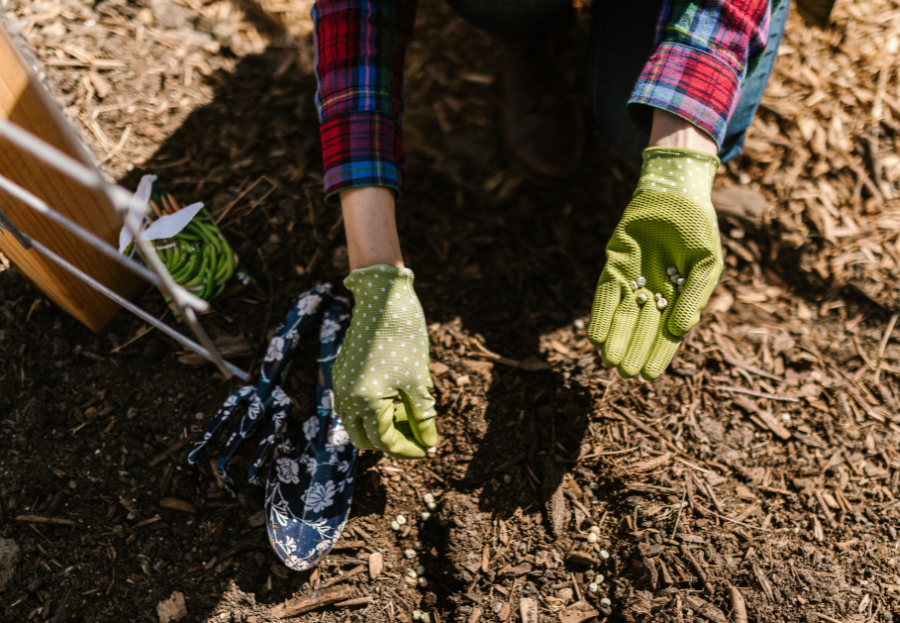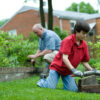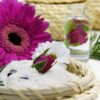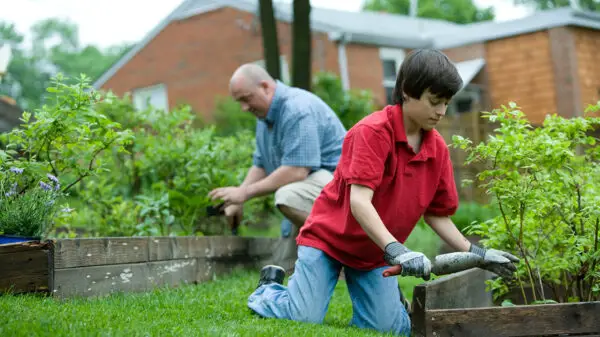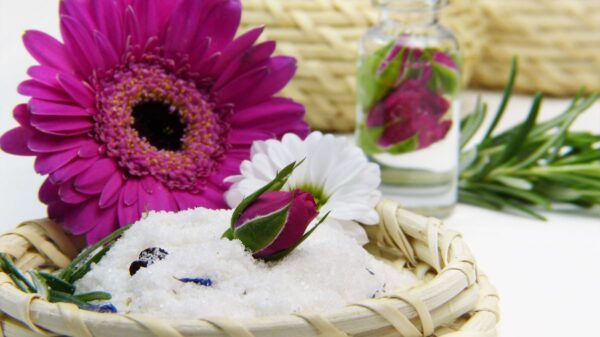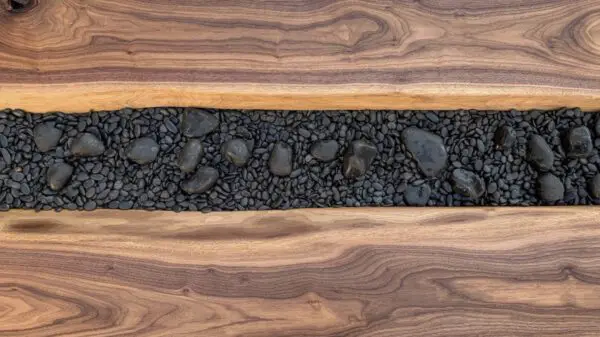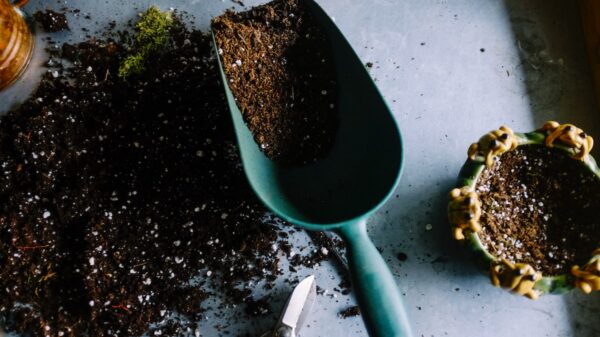How to Choose The Best Gardening Gloves
1. Garden Glove Material Matters
When selecting gardening gloves, the material plays a significant role in determining their suitability for specific tasks. Lightweight materials like cotton or bamboo offer breathability and comfort for everyday gardening activities such as planting or weeding. These fabrics are gentle on the skin, reducing the risk of irritation during prolonged use.
For more demanding tasks, including handling thorny plants or carrying heavy pots, leather gloves provide superior protection against punctures and abrasions. Leather molds to the shape of your hands over time, enhancing grip and comfort. When working in wet conditions or dealing with mud, rubber or nitrile-coated gloves are essential, providing a barrier against moisture and offering a non-slip grip.
Consider gloves with additional features like padded palms and reinforced fingertips for extra protection and reduced fatigue during intensive gardening tasks. Always ensure the gloves fit well; they should be snug yet flexible enough to allow for easy movement of fingers, enhancing both your comfort and efficiency.
By choosing the right materials and protective features, your gardening gloves can significantly improve your experience, making it safer, more comfortable, and more productive.
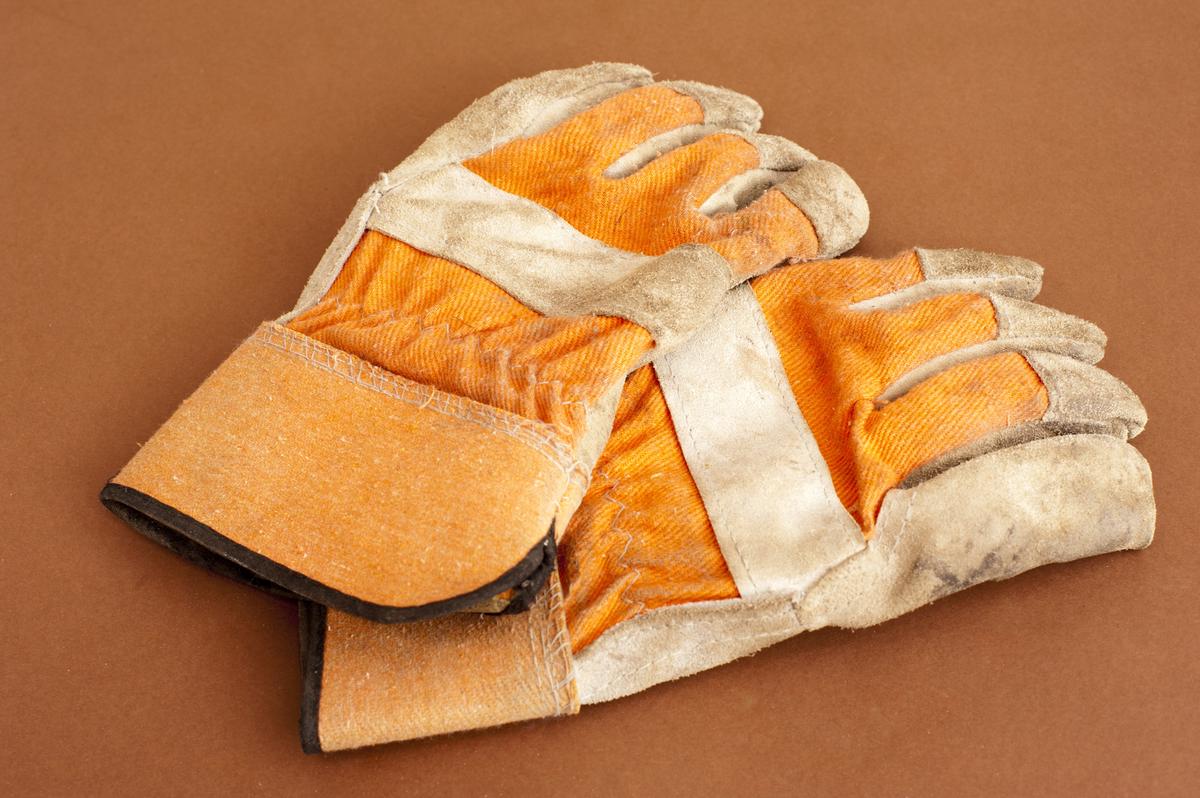
2. Design and Dexterity Of Gardening Gloves
When choosing gardening gloves, it’s crucial to find a design that combines protection with dexterity. This is particularly important for delicate tasks like planting, weeding, pruning, or adjusting small tools and plant ties. Gloves that offer the flexibility to move your fingers freely without sacrificing protection are ideal.
An intelligent glove design features materials that contour seamlessly to the fingers and palms, such as spandex or lycra incorporated within cotton or leather. This blend provides the toughness needed for heavy work while being supple enough for precise operations.
Adjustable wrist straps are a game-changer in personalized fit and comfort, ensuring the gloves stay snugly fit and preventing debris from entering. Padded palms are also essential elements designed to enrich your gardening practice, cushioning the palms and alleviating pressure points during prolonged use.
When glove design harmonizes with excellent dexterity, your gardening becomes more productive and enjoyable. You feel empowered to undertake various tasks, from careful planting to assertive pruning, with grace and proficiency. Embrace gloves that are designed impeccably to promote dexterity, and watch your gardening transform into a more precise and enjoyable experience.
3. Comfort and Fit For Perfect Gardening Gloves
The proper fit and comfort of your gardening gloves play a pivotal role in keeping your hands protected and enhancing your gardening prowess. A glove that fits well allows you to move effectively and work comfortably for extended periods.
An ideal fit prevents blisters that often come from gloves that bunch up or cause prolonged rubbing. With a properly fitting glove, every motion is smoother, your grip stronger, and your garden tending more precise.
Breathable fabrics like bamboo, lightweight cotton, and modern synthetics allow air to circulate, preventing clammy discomfort during long gardening sessions. Ergonomically designed gloves promote natural movement and add an extra layer of comfort, preventing fatigue during extensive handling or pruning.
Lightweight gel padding on palm areas absorbs tool vibrations and scatters pressure more evenly across your hand. A longer cuff made from soft yet sturdy fabric can safeguard your wrists and forearms against scrapes and sunburn when reaching deep into the underbrush or dealing with thorny plants.
Investing in a pair of perfectly fitting, well-ventilated gloves crafted to follow the anatomy of your hands is invaluable. These gloves enhance your gardening effectiveness and ensure your hands stay healthy and happy, allowing you to tend to your garden without hindrance.
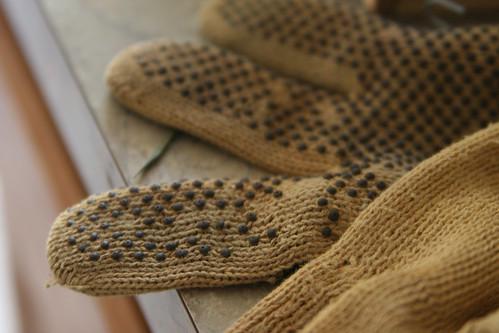
4. Durability and Maintenance Of Gardening Gloves
When selecting gardening gloves, consider their long-term durability and ease of maintenance. Your gloves’ endurance largely depends on the material from which they’re crafted. Leather gloves are celebrated for their durability, offering protection against thorns, sharp stones, and extended use. However, they require occasional conditioning with leather oil to preserve their suppleness. In contrast, coated fabrics such as nitrile or latex offer good durability and are easier to clean, typically requiring just a quick wash under the tap.
The assembly quality of your gardening gloves also impacts their longevity. Gloves stitched with heavy-duty thread, double-sewn seams, and reinforced stress points will naturally last longer. Consider how well they handle regular washes without losing their shape or resilience. Bamboo and cotton gloves, although softer and excellent for light gardening tasks, may show signs of wear sooner if frequently laundered.
Always double-check care labels to ensure glove longevity. Some materials may not fare well in tumble dryers or might need special detergents. By considering durability from multiple angles like material robustness, quality construction, ease of maintenance, and adherence to care instructions, you equip yourself with gardening gloves designed to stand by your side season after season.
5. Specialty Features In Gardening Gloves
Advanced features in gardening gloves can dramatically enhance your gardening experience by catering to specific needs and conditions. Here are some notable features to consider:
- Water resistance: Rubber and nitrile-coated gloves provide an impervious barrier, maintaining a steadfast grip on wet tools or while digging in soggy soil.
- Touchscreen compatibility: This feature allows you to operate smartphones or tablets while in the garden without removing your gloves, offering seamless integration of technology with your gardening endeavors.
- UV protection: UV-protective gloves offer an additional layer of safety against harmful rays for those long hours under the sun, ensuring your hands are shielded without being burdened by excess heat.
- Enhanced grip: Specialty gripper dots or silicone patterns on the palms and fingers enhance grip stability, mitigating the risk of accidents and ensuring precision during intricate tasks.
- Sustainability: Some gloves are made from recycled materials or designed to be fully biodegradable, aligning with a broader commitment to protecting the environment.
By integrating these specialty features into your gardening gloves, you transform them from simple hand coverings to versatile tools uniquely adapted to meet diverse gardening needs. Embrace these advanced features to make your gardening safer, more efficient, and enjoyable.
In conclusion, the right pair of gardening gloves does more than protect your hands; they transform how you interact with your garden. By choosing gloves with thoughtful features and appropriate materials, you safeguard your hands and elevate your entire gardening practice.
- Rigby J. Comfort and protection: what to look for in gardening gloves. The Guardian. April 16, 2019.
- Mader S. Materials used in gardening gloves. SFGate.
- Robinson J. What you need to know before buying gardening gloves. Gardening Etc. March 21, 2023.
- Pallardy W. The best gardening gloves for every type of garden task. Bob Vila. February 3, 2023.


